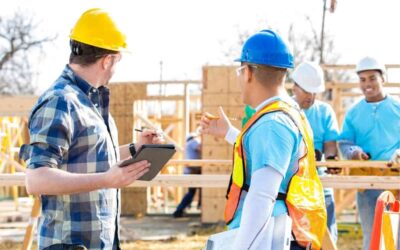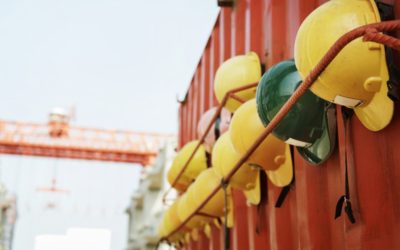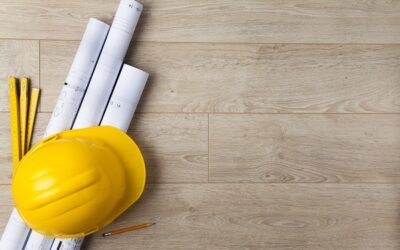Understanding Qualified Improvement Property Depreciation
Qualified Improvement Property (QIP) is now a 15-year, bonus depreciation eligible property, after the CARES Act provided a technical correction from Tax Reform in December 2017.
What is QIP?
QIP is a tax classification of assets generally including interior, non-structural improvements to nonresidential buildings placed in service after the buildings were initially put into use.
What is not included in QIP?
- Enlargements of buildings (buildouts or add-ons)
- Elevators
- Escalators
- Interior structural framework (lumber and framing, concrete flooring, etc.)
- Residential property
Are improvements made with tenant improvement allowances eligible for QIP?
If the taxpayer is the tenant improvement owner, then the assets are eligible to be classified as QIP.
What is considered an interior, non-structural improvement eligible for QIP?
- Interior lighting
- Carpet, tile, flooring
- Installation or replacement of drywall
- Ceilings
- Interior doors
- Mechanical
- Electrical
- Plumbing
Can you claim Section 179 on QIP?
Yes, but it may be more beneficial to claim bonus depreciation. Bonus depreciation is an expense deduction reducing income. It adds to losses that can be carried back, whereas Section 179 depreciation is limited by taxable income, and is carried forward to offset future income.
What is eligible for Section 179 in a building and not bonus depreciation?
There are four types of assets eligible for Section 179 (not bonus depreciation) and are classified as nonresidential real property with a 39-year depreciable life.
- Roofs
- HVAC – rooftop; or in, on, or adjacent to the building
- Fire protection & alarm systems
- Security systems
These assets are specifically eligible for Section 179 expense deduction, but are limited to the entity’s taxable income and the partners themselves at an individual level.
What are some possible tax savings eligible with the replacement of existing property?
Replacement of existing HVAC, roofs, etc. are eligible to be written off when replaced. This will enable a business to take write-offs instead of carrying the NBV of two assets simultaneously.
Some assets are also eligible for specific use assets related to the manufacturing component it relates to. This includes a concrete floor underneath the particular machine for heat or structural integrity, or electrical or plumbing specific to an asset. These components are eligible for the same depreciable life as the asset they are supporting (usually five or seven-year lives).
Questions about Qualified Improvement Property?
Please contact your Smith Schafer professional to help you consider if this change is beneficial for your business.



